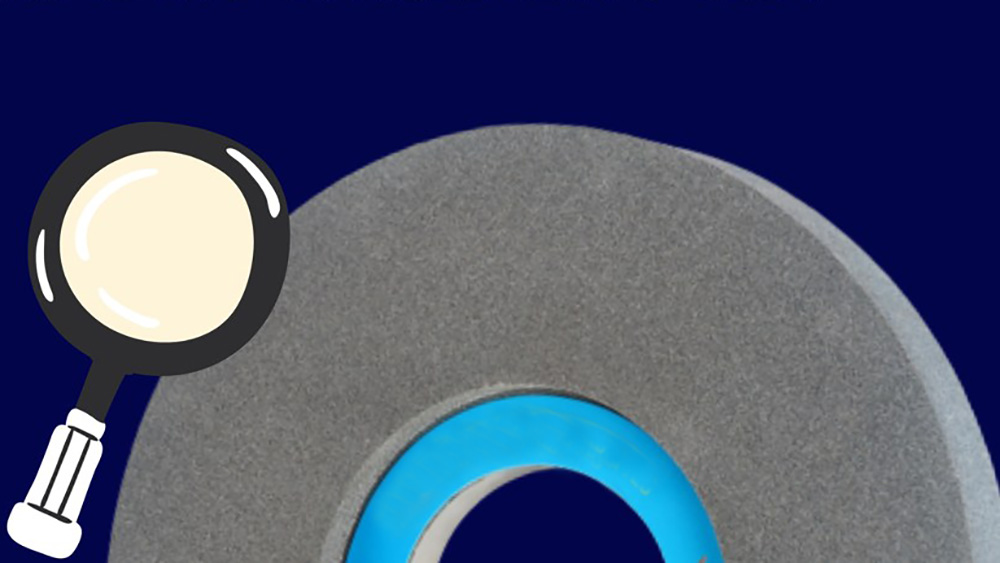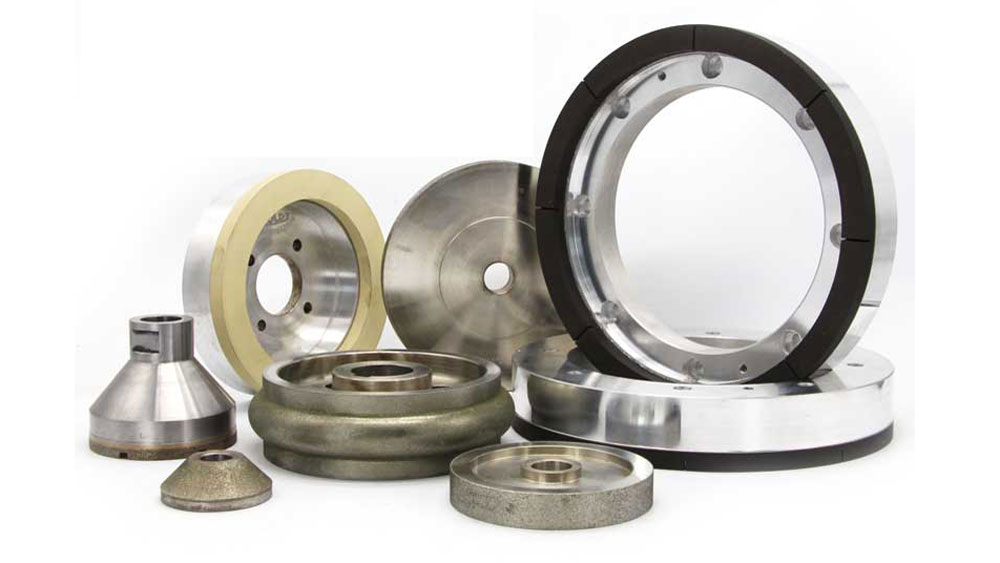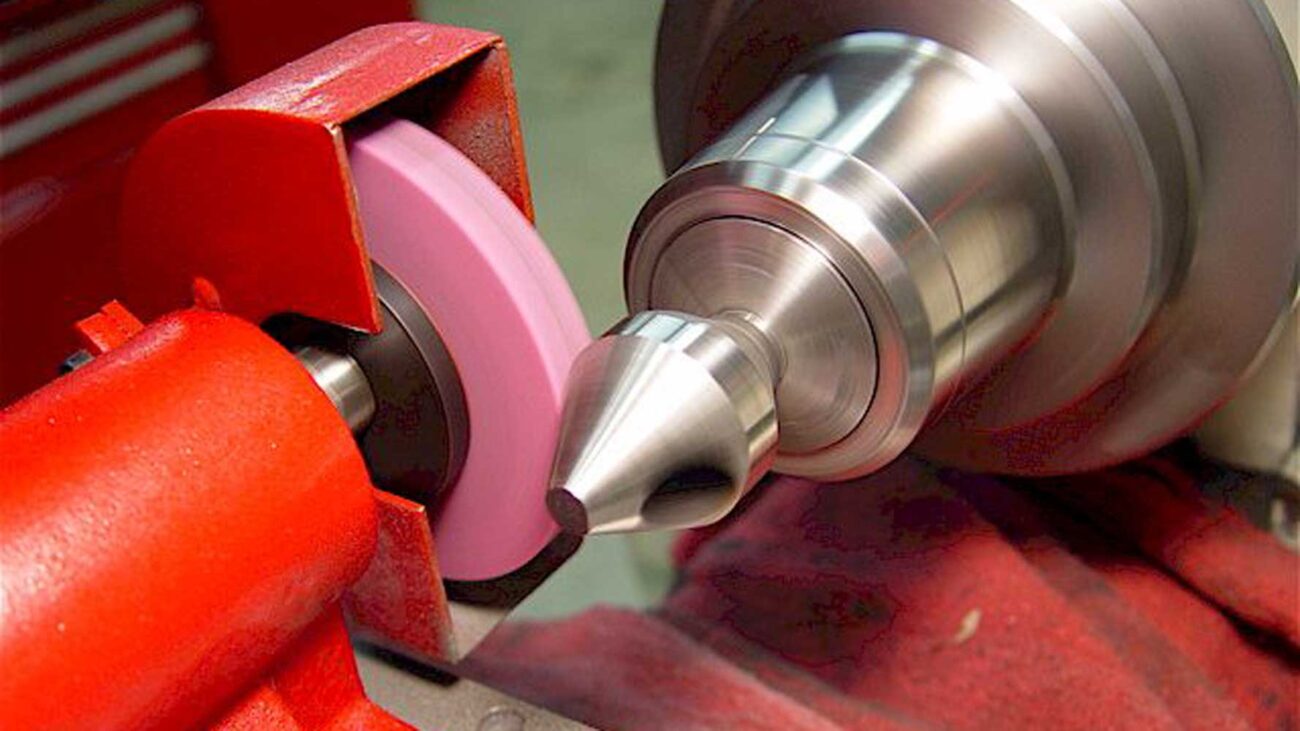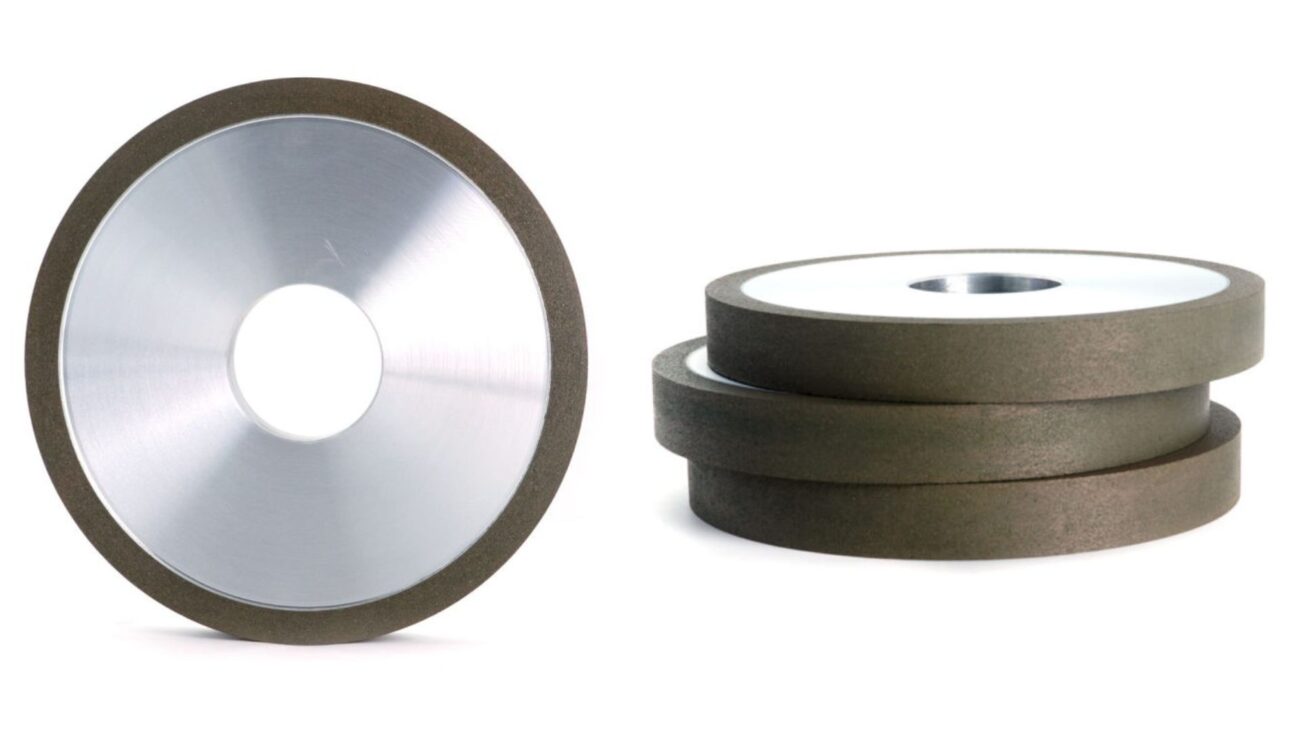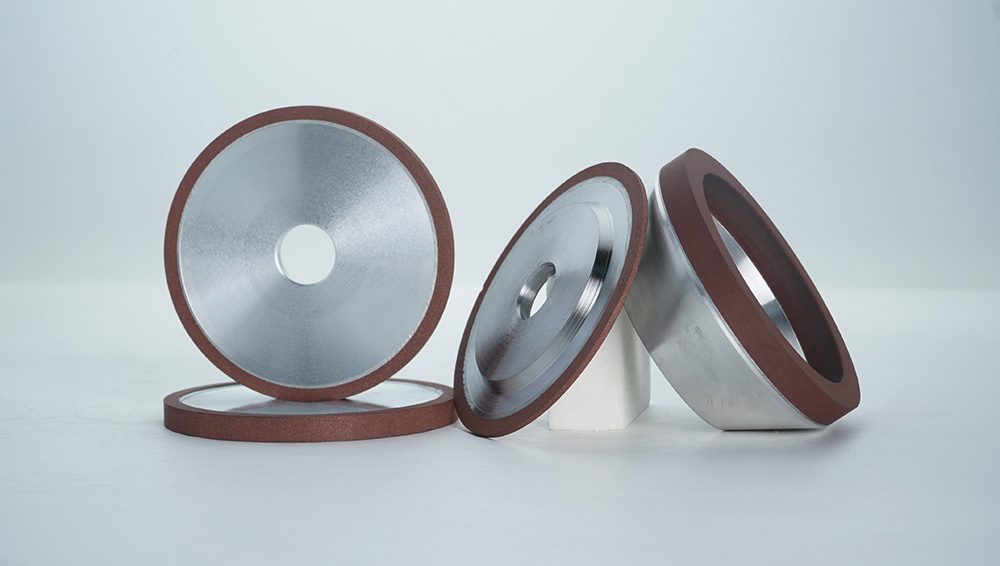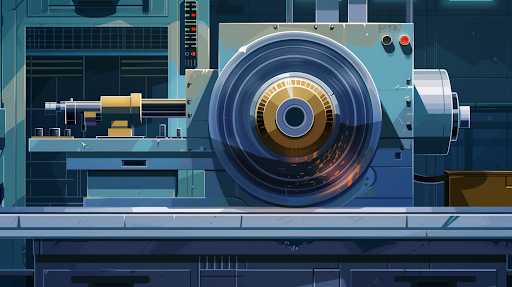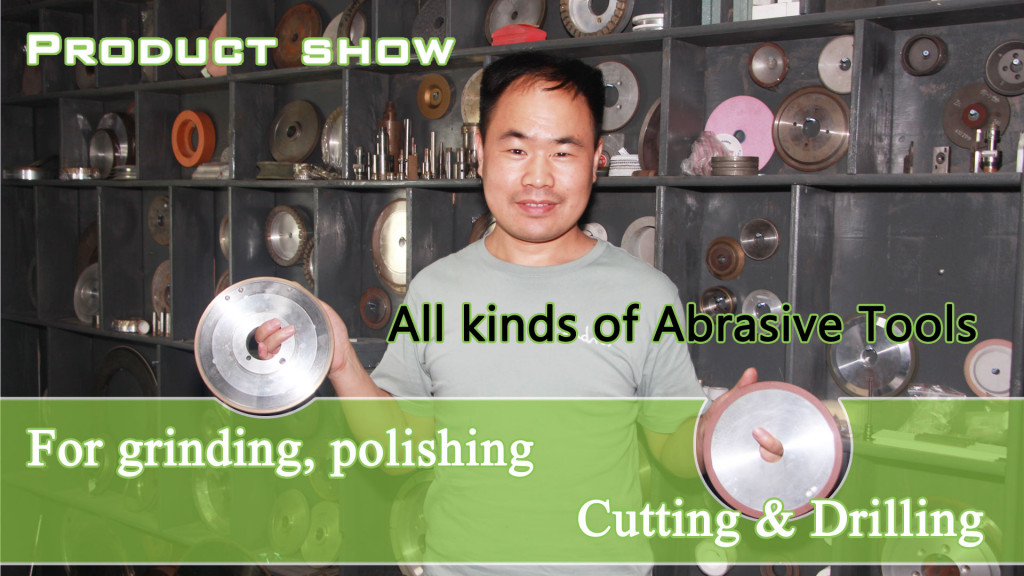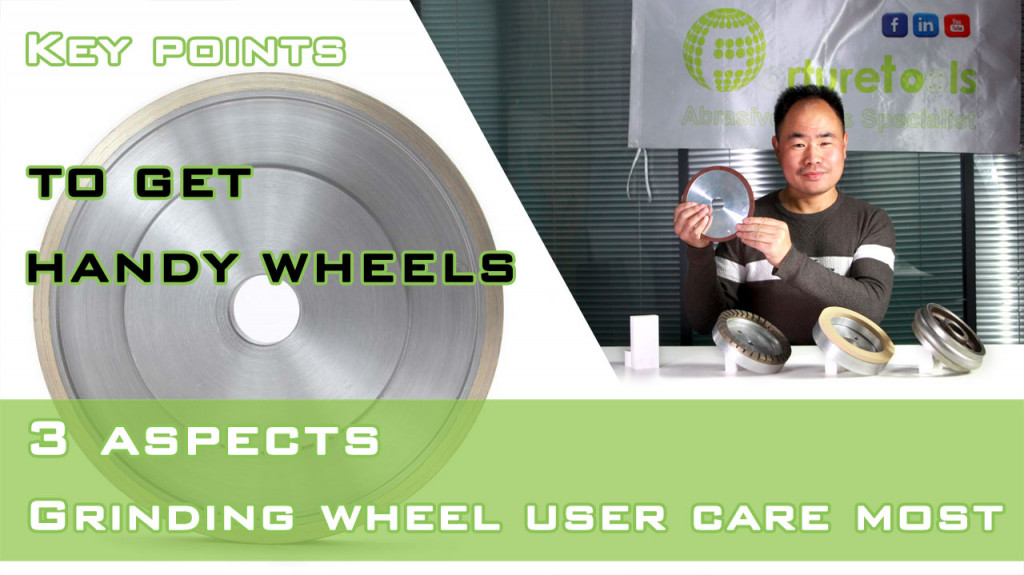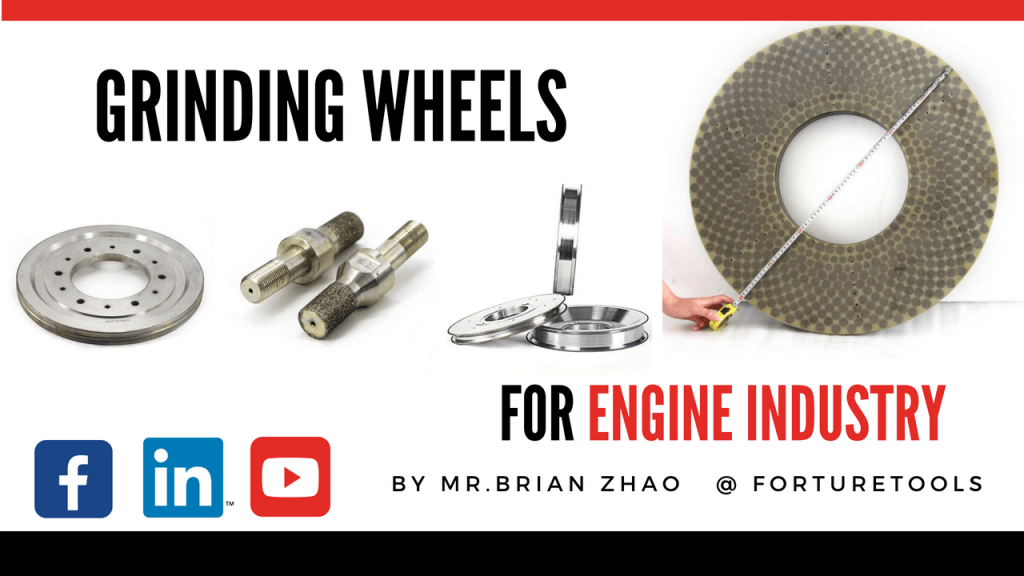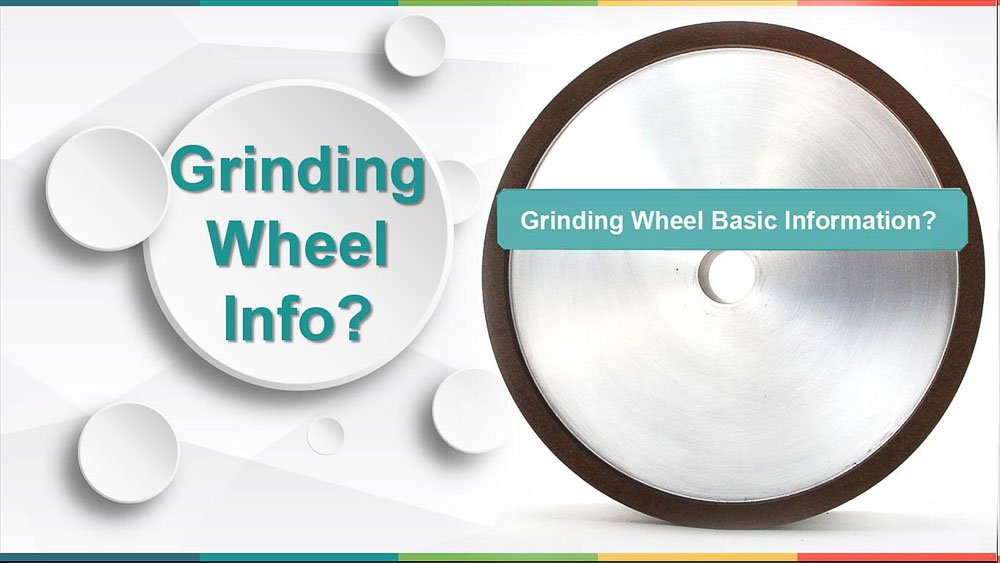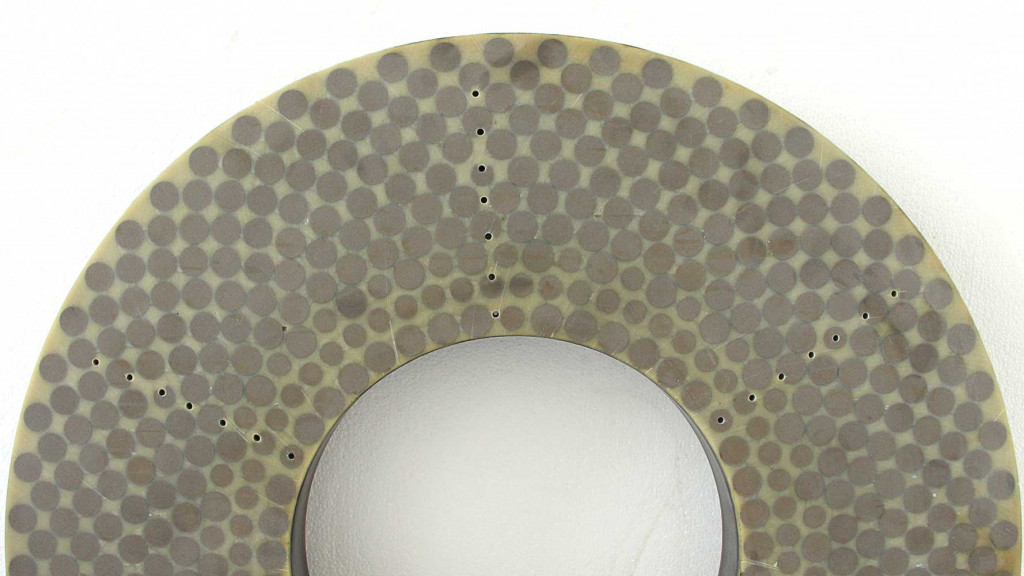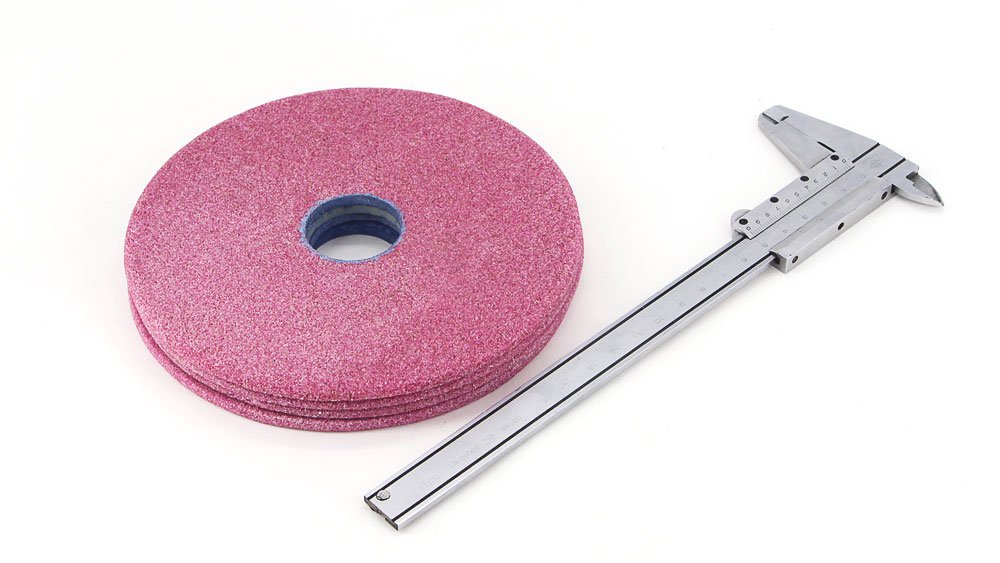Using a high-quality Grinding Wheel is important for achieving exact results. Not only this, it also helps to ensure safety. Through this blog, you'll discover the important quality checks of the abrasive wheel. These quality checks include visual inspections, balance testing, and hardness evaluation. These checks help ensure your Grinding Wheel delivers great performance. Apart from this, they also allow the wheel to last longer. Moreover, it improves the wheel’s grinding efficiency.
Visual Inspection of a Grinding Wheel

A brief visual inspection of the Grinding Wheel ensures its quality and performance. High-quality wheels enhance efficiency and safety. Moreover, it prevents potential accidents and equipment damage. So, here is how you can carry out a visual inspection of a wheel.
- Surface Condition. You should verify if there are any cracks or chips on your wheel. You should also see if there are no defects on the surface you are working on.
- Uniformity. You need to ensure uniformity in the consistency & thickness of the abrasive particles. Thus, you should look for any distortions or imbalances that state manufacturing flaws.
- Label and Markings. You must verify that the label matches the wheel’s specifications. Thus, it includes diameter, grit size, and most RPM. Also, you should ensure compliance with safety standards.
Regular visual inspection helps maintain the effectiveness of a Grinding Wheel. Moreover, it also protects your equipment and personal safety. Sticking to these quality checks ensures consistent performance. Apart from this, it also increases the life of your tools.
Ring Test of a Grinding Wheel
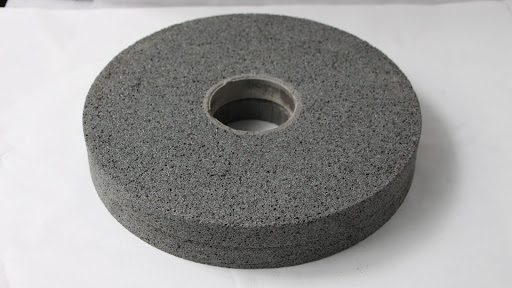
The ring test is important for ensuring the safety and reliability of a Grinding Wheel. As a result, it detects internal cracks that could lead to wheel failure during operation. So, here is how you can carry out the ring test of a wheel.
Purpose of the Ring Test:
- Crack Detection. You should identify any hidden cracks in the grinding wheel. Not doing it will lead you to failure during the operation.
Performing The Test:
- Remove the Wheel. You must remove the grinding wheel from the machine and clean it at regular intervals.
- Tap the Wheel. Now push the wheel by its hole using your finger. Moreover, it would be best if you tapped it using a non-metallic object at different spots around its edge.
- Listen for Sounds. If the wheel makes a ringing sound when you tap it, it’s in good condition.
You should conduct the ring test to ensure the safe and effective use of a Grinding Wheel. Thus, it prevents accidents and maintains optimal performance.
Dimensional Accuracy of a Grinding Wheel
Ensuring the dimensional accuracy of a Grinding Wheel is important for optimal performance. Accurate dimensions and shapes further guarantee consistent grinding results and prevent potential hazards. Here is the dimensional accuracy of a wheel.
- Size and Shape. You must verify the diameter, width, and thickness of the wheel against the manufacturer’s specifications.
- Concentricity. You need to check that the wheel is equally aligned with its axis. Also, you should measure the runout to ensure that it rotates.
Maintaining dimensional accuracy in a Grinding Wheel ensures reliable performance. Furthermore, it also extends tool life and enhances safety during grinding operations.
Understand the Material and Bond Verification
Verifying the material and bond of a Grinding Wheel ensures optimal performance. This process further helps to maintain the wheel’s effectiveness and long life. So, here is some information about the material and bond verification of the wheel.
- Abrasive Type. You must verify the abrasive material. It determines the wheel’s cutting ability and compatibility with different materials.
- Bond Type. Now you need to verify the bond type, including vitrified, resinoid, or metal. Hence, it ensures that it is suitable for the grinding task.
- Grit Size. You should also check the grit size. Thus, the size aligns with the necessary coarseness or fineness for the job.
You should ensure proper material and bond verification. As a result, it enhances the performance and safety of a Grinding Wheel. Hence, it results in more efficient and reliable grinding operations.
Hardness and Density Tests
Performing hardness and density tests on a Grinding Wheel is crucial. Thus, it ensures the wheel's performance and durability. These tests further help to maintain quality and prevent operational issues.
- Hardness Test. You should determine the wheel’s resistance to wear. You can do it by using a hardness tester to measure its hardness rating.
- Density Check. You must also assess the wheel’s density. Hence, it ensures equal distribution of abrasive grains and bond material.
Maintaining consistent hardness and density in a Grinding Wheel ensures reliable performance. Furthermore, it also extends the life of the wheels during grinding operations.
Performance Testing of a Grinding Wheel

This testing ensures operational standards and provides reliable results. Moreover, this process involves real-world testing and close monitoring of key performance factors. Go through the following section to carry out the performance tests of a Grinding Wheel.
- Trial Runs. You must conduct initial trial runs with the wheel on a sample material. Thus, the conduct will help you to check its cutting efficiency, speed, and performance.
- Monitoring Performance. You need to check the heel’s performance during the trial runs. For that, you can look for signs of wear, wear, heat, and surface quality.
Effective performance testing ensures that a Grinding Wheel operates efficiently and safely. Hence, it delivers consistent results and extends their service life.
Compliance with Standards
Compliance helps to use a Grinding Wheel in a safe and effective way. Adhering to established guidelines ensures performance reliability and meets safety requirements. Here is how you can maintain compliance with standards while using the wheel.
- Industry Standards. You need to ensure that the Grinding Wheel meets established industry standards. Examples of these standards include ANSI and OSHA.
- Manufacturer Specifications. You should also verify that the wheel is as per the requirements of the manufacturer. These specification requirements are dimensions & material composition.
You should ensure compliance with both industry standards and manufacturer specifications. Hence, it will guarantee that a Grinding Wheel performs in a reliable and safe method. It will further help you to meet operational needs in an effective way.
Documentation and Certification of a Grinding Wheel
These are important for ensuring the reliability and safety of a Grinding Wheel. Proper paperwork verifies quality. Furthermore, it also provides traceability of the production and origin of each wheel. This section will help you to know about the documentation and certification of a wheel.
- Quality Certificates. You need to ensure the Grinding Wheel comes with quality certificates. As a result, it will help you to verify it meets industry standards and specifications.
- Traceability. You should also maintain traceability records that track the wheel’s manufacturing history. Examples of records include batch numbers and material sources.
You should maintain proper documentation and certification. Thus, it will ensure that the wheel meets safety standards and performance expectations. It further supports reliable and efficient operations.
Storage and Handling Conditions of a Grinding Wheel

You can store and handle a grinding wheel that will help you maintain its quality and carry out safe usage. Following the guidelines in this section will allow you to extend your grinding wheel’s life. Not only this, it will help you to prevent possible damage.
Proper Storage:
- Environment. You should store a wheel in a dry and cool environment. You should also ensure that it is away from direct sunlight and extreme temperatures.
- Support. You must also store the grinding wheels on a flat surface with proper support. As a result, it will prevent warping.
Handling Practices:
- You can handle a Grinding Wheel to avoid dropping or striking them against hard surfaces. This is because its impact can cause cracks or fractures.
- You should always wear protective gear when handling a Grinding Wheel. Thus, it will help you to prevent injuries from accidental slips.
Proper storage and handling ensure that a Grinding Wheel remains in optimal condition. Hence, it provides reliable performance and enhances safety while using the wheel. With that said, let’s bring this blog post to an end.
Bringing It to A Conclusion
Thorough quality checks of a Grinding Wheel are crucial for maintaining their performance. Not only this, but it also helps you to ensure safety. Regular inspection-including visual checks and hardness tests prevents issues and enhances efficiency. Apart from this, regular inspection also includes compliance with standards. Performing consistent quality assessments and adhering to proper storage and handling practices. Thus, it ensures the longevity and effectiveness of a Grinding Wheel. Moreover, it helps in protecting equipment and operating while you are using it.

